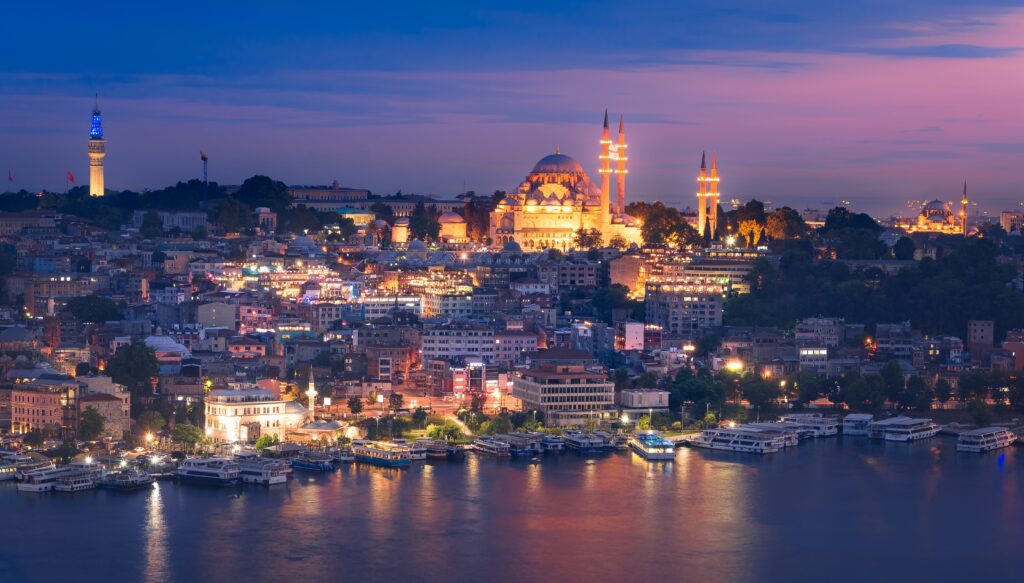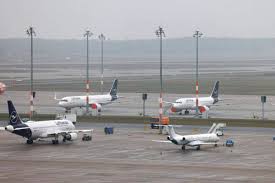
Monitoring Desk
I believe that ancient cities have magic. While walking among the remains of these historical settlements, we try to sense the people who lived there thousands of years ago. At the same time, we inevitably get the idea that our current places will be history for the future one day.
The stone ruins of ancient cities that managed to survive to date witnessed many wars, meetings, celebrations and rituals, as well as diverse feelings such as hate, love and ambition. In their footsteps, we travel back to the old days. In Turkey, which is a haven for archaic settlements with its long history and wide geography that hosted several civilizations, one of the ancient cities to trace the past is Ariassos, located in the Taurus Mountains in the Döşemealtı district of southern Antalya province.
Ancient cities
Before diving into some details about Ariassos, I want to discuss ancient cities a bit more. Throughout history, cities have served as very important places in many parts of the world. These settlements were not only areas consisting of architectural structures; they were also centers of social relations. According to Greek philosopher Aristotle, every city exists due to the nature of human beings, the rational animals, who cannot perform their natural functions apart from them. Cities played an important role for empires, as well. Metropolises that represented the regions they were in could also become the trade centers of the regions, opening the path for the development of empires.

From a bird’s eye view of an ancient city, temples, theaters and market squares and many other architectural marvels can be observed. This shows that the relationship of architecture with governments, which will last throughout human history, started with ancient cities.
In short, ancient cities, which feature public spaces as well, were seen as the way to lead a good life as they were the center of architecture, trade and socializing. The remnants of these commercially, socially and historically important cities give us information about the civilizations that lived centuries ago and take us on a mystical and mysterious journey.
Ancient region of Pisidia
The city of Ariassos was one of the cities in the Pisidia region. This region used to include all of modern-day Isparta and Buldur provinces and the northern part of Antalya province. There were very important civilizations around this ancient region located in the south of Anatolia. While Phrygia was located in its north and west, Pamphylia was in the south, Lycia was in the southwest, and Lycaonia was in the east.
Most of the Pisidia region was located on the steep limestone hills stretching north and south of the Taurus Mountains. The people of the region, who took advantage of the favorable features of these hills, were constantly resisting those who wanted to dominate the region. When we look at the history of the area in the first century B.C., we see that small village groups and tribes lived there.

After Lycian King Amyntas died in 25 B.C., most of Pisidia was connected to Galatia, a province of Rome. During the reign of Roman Emperor Vespasian, who ascended the throne between A.D. 69-79, the region was united with Lycia and Pamphylia. Urbanization in the region started to accelerate in the second century, but the influence of Rome on the region was slow. With the regulations of Roman Emperor Diocletian, who divided the Roman Empire into Eastern Rome and Western Rome, the region joined the administrative division of Pisidia. Afterward, it was divided by the Byzantines as themes (the main local administrative unit) of Thrakesion and Anatolikon. There were many important ancient cities in the ancient region of Pisidia, including Ariassos.
History of Ariassos
Ariassos is one of the ancient cities of the Pisidia region. Located 50 kilometers (31 miles) north of Antalya, the city is located in a region 1 kilometer away from Akkoç village, situated on the west of Çubukeli, the strait that connects the coast of Antalya and Anatolia like a bridge. Historical sources show the foundation date of the city as 189/188 B.C. in relation to the expedition of Roman Consul Gnaeus Manlius Vulso and the Peace of Apamea. Byzantine geographer Hierocles said that the city was located in the province of Pamphylia in late antiquity. The city continued to mint coins until the period of Roman Emperor Publius Licinius Egnatius Gallienus.
Ariassos, a gateway that hosted several crossroads built during the Roman period, worked in unity with other ancient cities of Pisidia. After the Byzantine period, the prosperity of the city came to an end.
Architectural structure
Let’s imagine that we are a bird flying over the city of Ariassos centuries ago. When we look at the city from above, we see the southern corner of the city walls, the city gate and civil structures. There is a colonnaded street extending from the city gate to the west and the city settlement on the north of this street, and a necropolis area – cemeteries and mass graves in ancient cities – extending from east to west.
The most important structures of the city that have survived to the present day are the gate of the city, mausoleum-type tombs, city walls, a waterway, a Roman road, the Nymphaion, a monument erected at the head of a well or spring to bless the nymphs, the parliament building called the Bouleuterion, a gymnasium, a large building where various sports and games are played, the theater and baths.

At the beginning of the valley where the city of Arissos is located, the monumental entrance gate, which is perhaps the most magnificent architectural structure of the city, welcomes us. The door, which is thought to have been used during the reign of Roman Emperor Severus Alexander, has three arches.
On the western slope of the ancient city, there are the remains of the ancient Roman road, which extends by cutting into the road to Akkoç village today. This road extends to the west gate of Ariassos. The road, which is paved with large blocks, is quite smooth. Overall, the monumental tombs are among the most striking structures of the ancient city.
To go to the ancient city of Ariassos, all you need to do is to arrive at the Antalya-Bucak road junction. Afterward, you can reach the area where the ancient city is located.
As the Turkish poet Murathan Mungan said in his poem entitled “Ancient City,” “The more clues provide the remains of an ancient city, the more we know the causes and consequences of that thing we call love when we separate.” Ancient cities like Ariassos tell us many stories but what exactly happened in the past will always remain a mystery that excites us.
Courtesy: Dailysabah
The post Ariassos: Following traces of past in Turkey’s Pisidia region appeared first on The Frontier Post.








